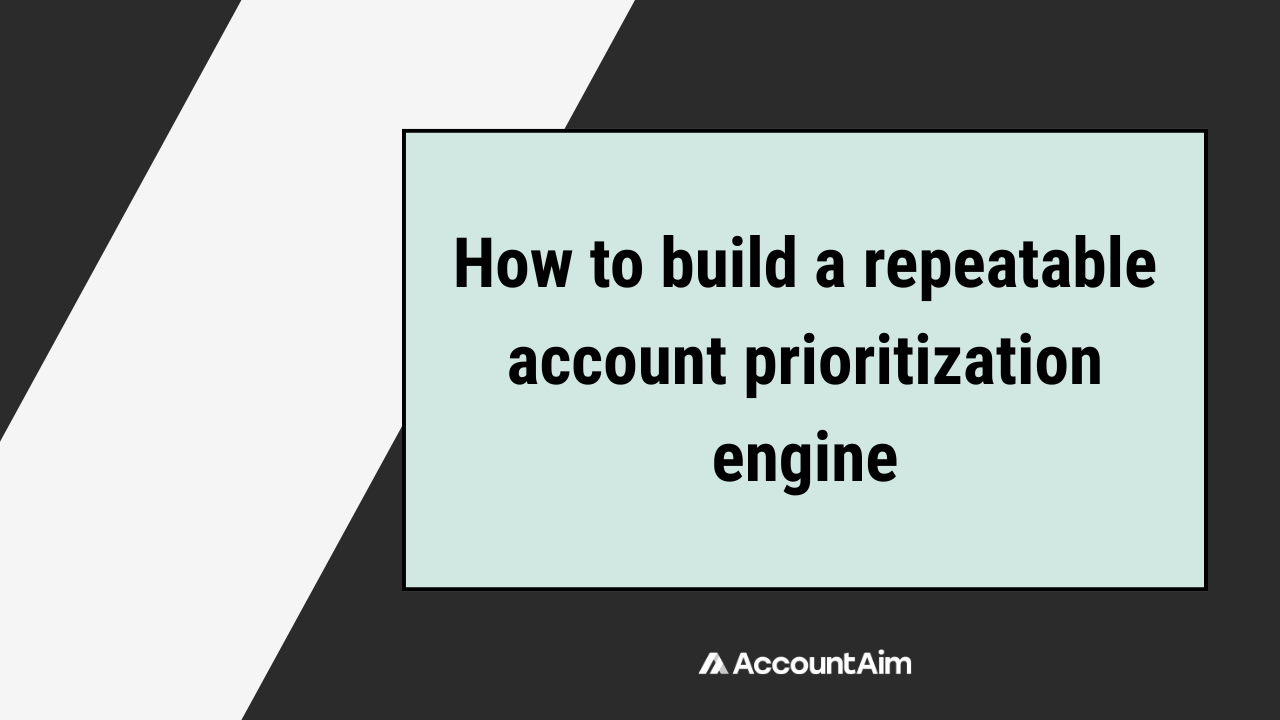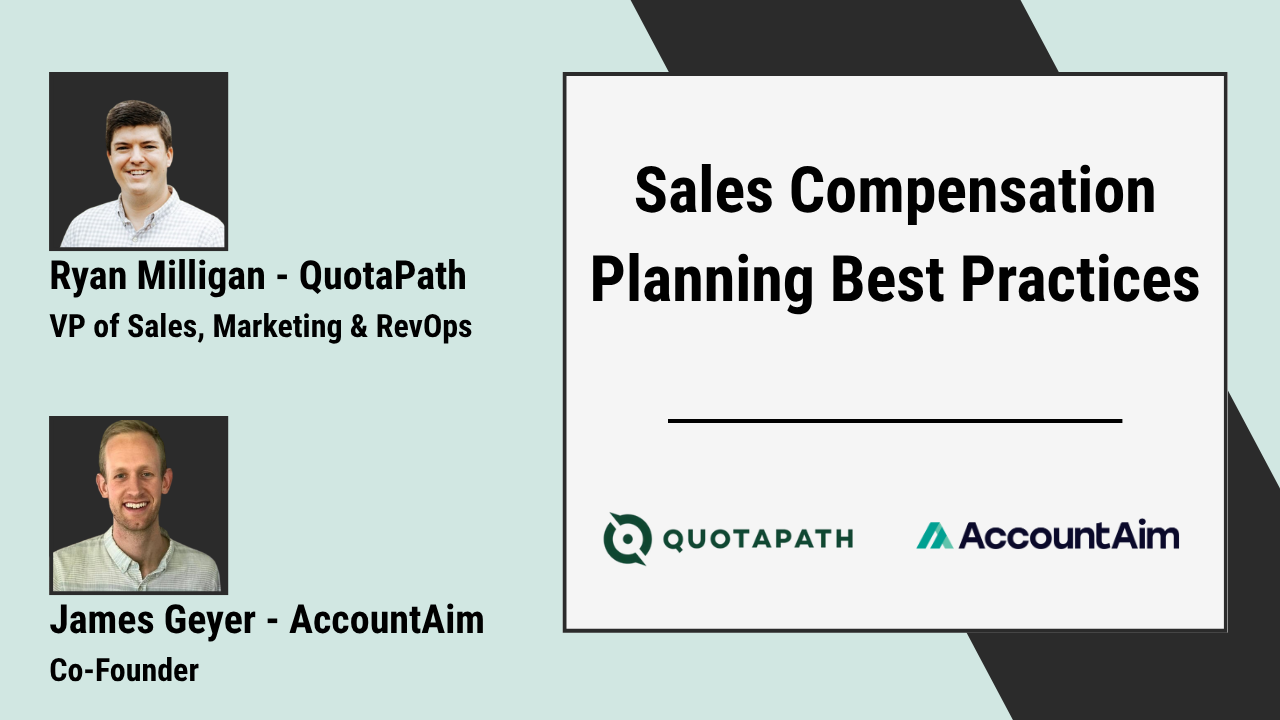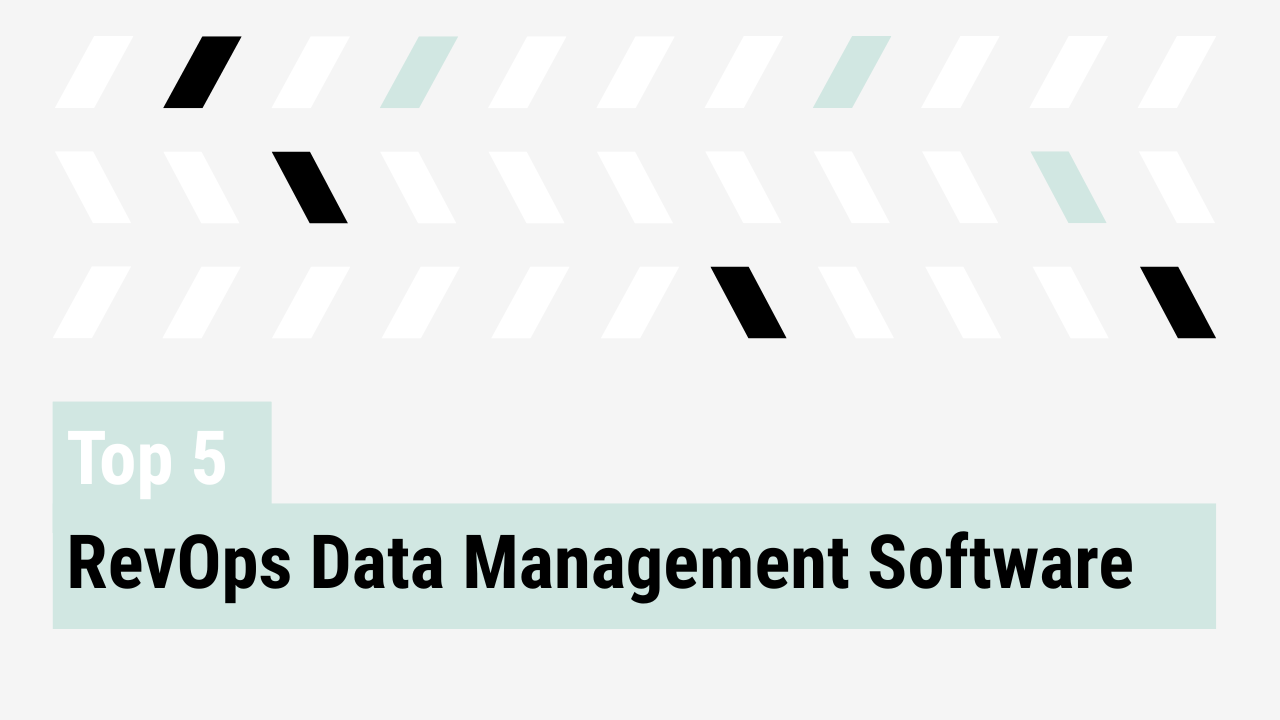Scaling revenue doesn’t necessarily mean scaling headcount. For lean RevOps teams, the real unlock is repeatable account prioritization, making sure every rep is spending time on the accounts most likely to convert.
This is your tactical playbook for operationalizing a scalable account prioritization engine so you can grow pipeline without growing your team.
Build your foundation: fit, intent, and rep capacity
Start by defining what makes an account worth a rep’s time:
- Fit: Use firmographics, technographics, and ICP definitions. Go beyond static tiers. Enrich with custom data and third-party sources like Crunchbase.
- Intent: Track real buying behavior such as website visits, demo requests, content engagement, and third-party signals.
- Book health: Analyze rep capacity, touch frequency, and open opp coverage to guide routing.
Weight your signals based on actual conversion data. Analyze historical opportunities to see which firmographic and behavioral signals consistently appear in won deals. Take snapshots of your data at key funnel stages (like meeting booked or opportunity created) and run correlations to determine which signals are most predictive. Consolidate multiple data sources, such as CRM activity, MAP engagement, and third-party intent, into a unified model to get a fuller signal picture. Prioritize signals that show strong lift in conversion rates over time, and discount those that are common but weakly correlated with outcomes.
Make it actionable: scoring models reps trust
If reps don’t trust it, they won’t use it. Your scoring logic should be transparent and explainable.
- Choose a tiered or weighted model based on your data volume and rep preferences.
- Deliver daily prioritized account lists straight to reps. Mosaic used this to drive a 23% increase in opportunity creation.
- Take inspiration from LinkedIn, which embedded explainable AI into its CRM scoring and saw an 8% lift in renewals.
When headcount is fixed, repeatable account prioritization becomes even more critical. Reps can’t afford to waste time on accounts that won’t convert. A scoring model they understand and trust ensures that every minute is spent on the right accounts. It creates focus, reduces guesswork, and helps lean teams act with the efficiency of much larger ones. Without that trust, reps fall back to gut instinct and your scoring system becomes shelfware.
Automate routing and lock in engagement rules
Scoring is half the job. Routing and operational rules make it scale.
- Automate assignment based on territory, priority, and rep capacity.
- Trigger reassignments when reps miss SLAs or books get overloaded.
- Create rules of engagement (ROEs): weekly top 10 touch SLAs, auto-reassign inactive accounts, and real-time alerts for managers.
Now reps know what’s expected, and ops knows where follow-through is breaking down. This connection is essential when teams are stretched. A tight feedback loop between reps and ops ensures that signals are tuned, routing works as intended, and playbooks stay grounded in frontline reality. When reps trust ops and see the system working for them, adoption follows and the whole engine runs more efficiently.
Tune continuously: feedback and data hygiene
Prioritization is a system you tune.
- Build rep-facing dashboards for visibility and trust.
- Create quarterly feedback loops with GTM teams to refine signal inputs.
- Audit enrichment, deduping, and intent freshness regularly.
This tuning process keeps your scoring relevant as the market shifts. For RevOps leaders, it’s also a path to doing the job better: improving forecast accuracy, enabling smarter rep decisions, and making the GTM function more predictable. Tuning helps ensure your strategies are based on live data and rep reality, so your operating model actually reflects how your market behaves.
This kind of operational rigor doesn’t go unnoticed. C-suite executives see the lift in pipeline efficiency, forecast confidence, and team productivity. It earns RevOps a strategic seat at the table.
Scale with what you have
Account prioritization is a RevOps force multiplier. It ensures your reps spend more time selling and less time guessing.
Fit + intent + rep capacity + automation = more pipeline, without more people.
If you have the right focus, you don’t need more headcount to grow. Build the engine, and scale smart.
Learn more about repeatable account prioritization
Learn more about AccountAim and how it can help you build repeatable account prioritization as your company scales.



